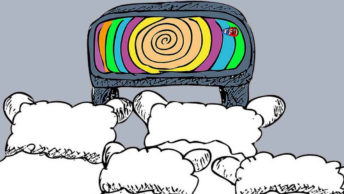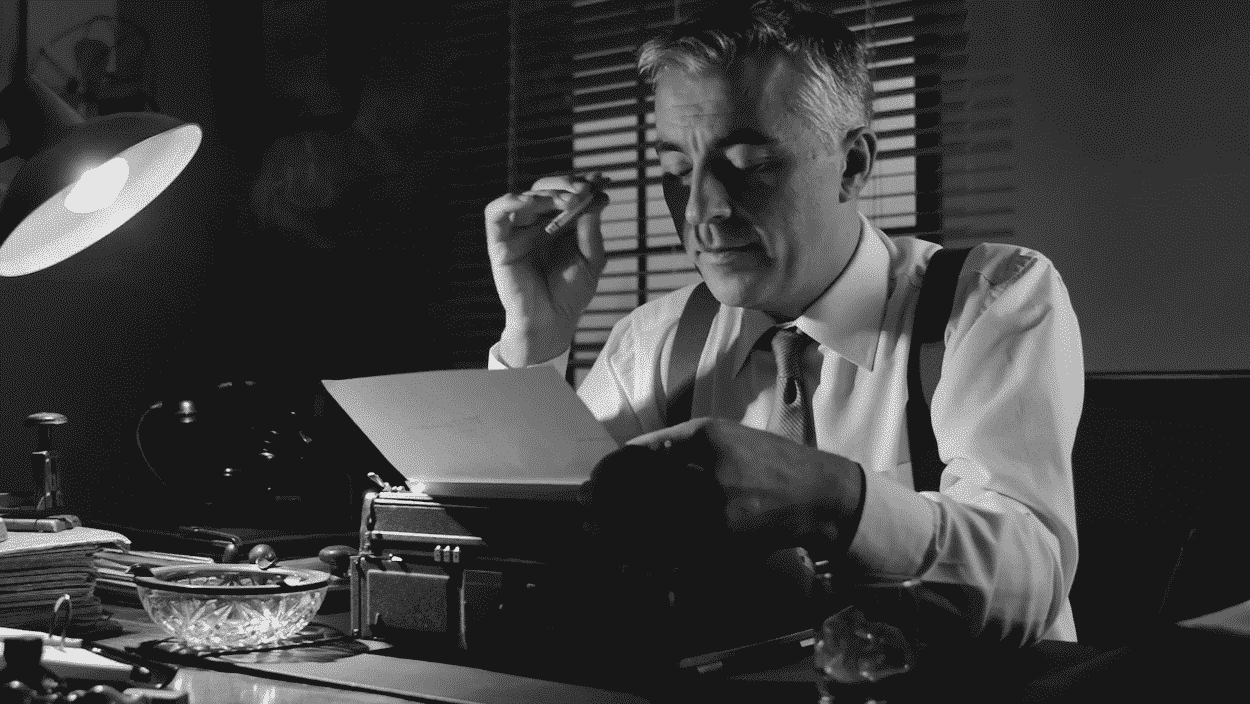Like millions of other Americans, you will be soon making your election choices based on what you read and hear in the news, so it’s a good time to determine whether your news sources are thorough, fair, and objective. The question is, what is the best way to do this?
A number of authors have written thoughtful analyses of modern journalism. The list includes Bernard Goldberg, William McGowan, James Fallows, Tammy Bruce, and Brent Bozell. But the most helpful treatment, in my view, is Bob Kohn’s Journalistic Fraud because it provides a number of ways readers can test news sources for bias.
Kohn limited his book’s focus to the New York Times for two reasons. One was personal. He had begun reading the Times as a public school student in New York City and had been a devoted reader for years, until he began noticing how dramatically the newspaper’s journalistic standards had changed. The other reason was that the Times is still the “paper of record” and over 650 other newspapers subscribe to its News Service. Those papers and many of the electronic media depend on Times’ reporting for their information. So even if you never read the Times, you may be getting their stories second-hand.
In what ways have the Times and other news sources changed? The basic journalistic standard in 1923, Kohn notes, was “News reports should be free from opinion or bias of any kind.” For years, news agencies followed that rule. The New York Times, for example, promised to “give the news impartially, without fear or favor, regardless of party, sect or interests involved.”
By 1975, however, that standard was replaced by “Analysis and commentary should be labeled and not misrepresent fact or context.” This new standard gave approval to the by-then common practice of blending fact and opinion, which invited journalists to massage the news to fit their viewpoint.
As more and more news organizations have adopted the new standard, Kohn says, “the line between the editorial opinion and the news article has become increasingly blurred. Today, the two are nearly indistinguishable.” The result is that today’s public is given a blend of fact and opinion that, often as not, actively promotes certain points of view at the expense of others, all under the guise of objectivity.
One common technique of biased reporting, Kohn explains, is to slant the headline and/or the lead paragraph of the story to portray favorably those persons or causes the reporter likes, and unfavorably those he dislikes. If the government issues a good economic report, for example, an objective headline would be “Economy Doing Well,” combined with a lead paragraph stating the essential elements of the story in an impartial manner. However, a newspaper that supports the administration might use the slanted headline “Economy Soars,” together with a lead that exaggerates the good news; on the other hand, a newspaper that opposes the administration might choose the slanted headline “Economic Downturn Feared” and a lead that quotes an administration critic. (In the latter case, the essential elements of the story might be buried in the middle or at the end.)
Another technique of biased reporting is distortion. Kohn discusses several varieties, including:
Distorting the facts—say, by calling a law one opposes “unclear” or a settled matter “disputed”
Distorting with opinion by interviewing and quoting only people who agree with one’s position
Distorting with labels—that is, engaging in name-calling
Distorting with polls by selecting for special attention those poll results that are most flattering to one’s position
Distorting with placement—for example, by putting stories favorable to one’s opinion on the front page and hiding unfavorable ones in interior pages.
One variety of distortion is a journalist’s use of make-believe people to inject his own opinion into a story. Kohn says expressions like these often signal such distortion: “Experts feel . . .,” “Critics believe . . .,” “It is widely thought . . .,” “Observers say . . .,” “History suggests . . .,” “Most economists believe . . . .”
“A most powerful means of bias,” Kohn claims, is omission of what doesn’t support the reporter’s view. Others who have studied media bias agree and note that this can occur even in cases where the omitted material is eminently newsworthy. For example, as John Leo observed, when a homosexual man named Matthew Shepard was the victim of a brutal hate-murder, the story was given banner headlines; however, when a thirteen-year-old boy named Jesse Dirkhising was sodomized and murdered a year later by two homosexuals, many news sources completely ignored the story.
Similarly, Larry Elder reports that when the Archives of Pediatrics and Adolescent Medicine published two reports on spanking—one saying it encourages aggressive behavior and the other, longer more comprehensive study taking the opposite view—CBS, ABC, NBC, and more than a hundred newspapers mentioned the report linking spanking to aggression, but not a single network and only fifteen papers even mentioned the other study.
The means of manipulation at the disposal of dishonest journalists are many and varied, and election years are prime occasions for their use. Reading Bob Kohn’s Journalistic Fraud, originally published in 2003 and still available at Amazon.com, is an excellent way to avoid being deceived.
Copyright © 2012 by Vincent Ryan Ruggiero








